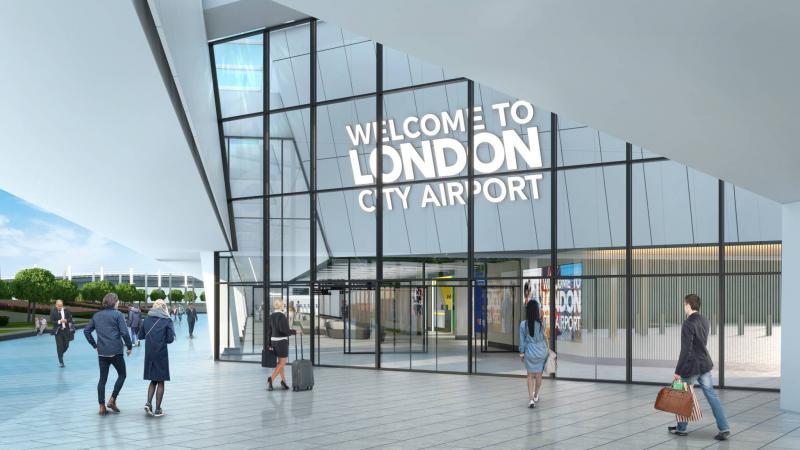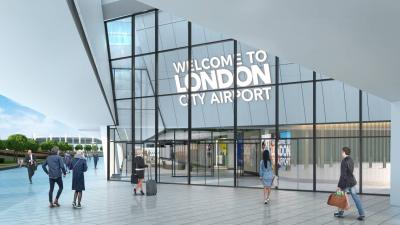London City Airport has proudly declared itself as the world's first major airport capable of fully controlling air traffic using a digital tower. This significant technological breakthrough in the operation and management of air travel comes at a time when technology is deeply integrated into the aviation industry. From biometric boarding gates to augmented reality displaying personalized messages, the experience of boarding an aircraft has transformed dramatically over the past two decades.
The new system allows personnel stationed 144 kilometers away in a village in Hampshire to direct flights for takeoff and landing using a state-of-the-art digital mast. The 50-meter tall tower is equipped with up to 16 high-definition cameras that provide ground control units with a 360-degree view of London City Airport. The camera array includes two zoom-in tilt cameras that deliver telescope-like functionality found in traditional control towers. The top of the tower features metal spikes to protect the cameras from birds, and each camera is fitted with a self-cleaning mechanism to prevent bugs and debris from obstructing lens clarity.
The images are streamed live via fiber networks to staff at the UK's main air navigation service provider, known as NATS, in Hampshire. Live audio from the airport is transmitted to the new control center, allowing controllers to hear the sound of aircraft engines as they prepare for takeoff and the reverse thrust during landing.
Air traffic controllers view the live video feed on 14 panoramic screens covered with data, such as call signs, altitude, weather readings, and the speed of approaching and departing aircraft. Once aviation recovers post-pandemic, the airport will be able to handle 45 aircraft movements per hour, up from 40 in 2019. This launch follows previous trials of the system at the Swedish airports of Örnsköldsvik and Sundsvall.
The plan to establish the tower dates back to 2016 when the city realized it needed to invest significantly in the old control tower to proceed with a £500 million expansion plan to accommodate larger additional aircraft. Instead, they opted to build a new one due to the efficiency benefits provided by the new remote control technology developed by the Swedish company Saab. Notably, London City is the smallest of London's airports, serving before the pandemic 5 million passengers annually, most of whom traveled on business trips to European destinations like Frankfurt and Amsterdam.




